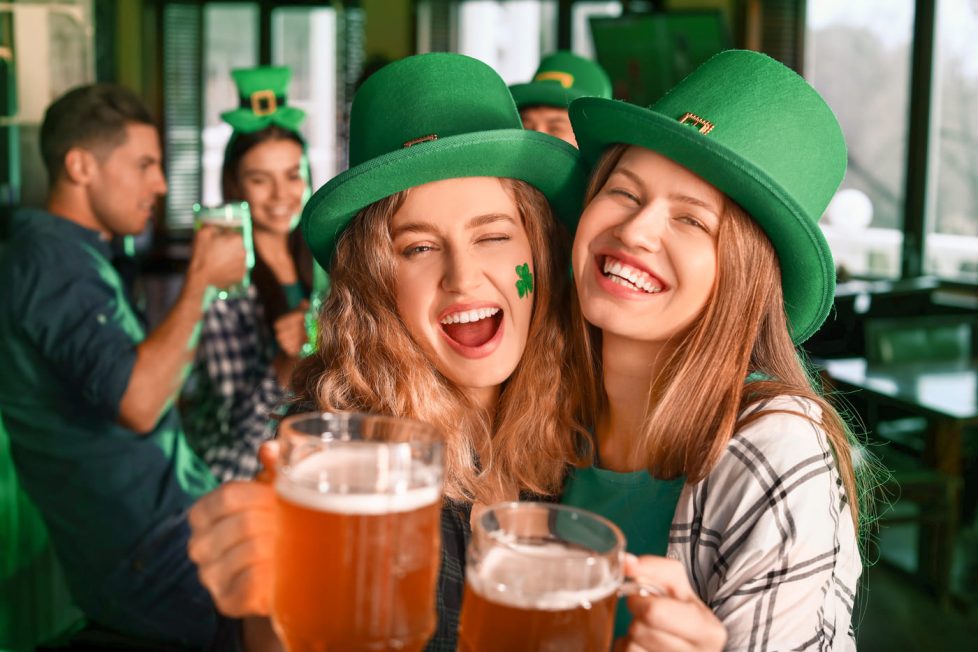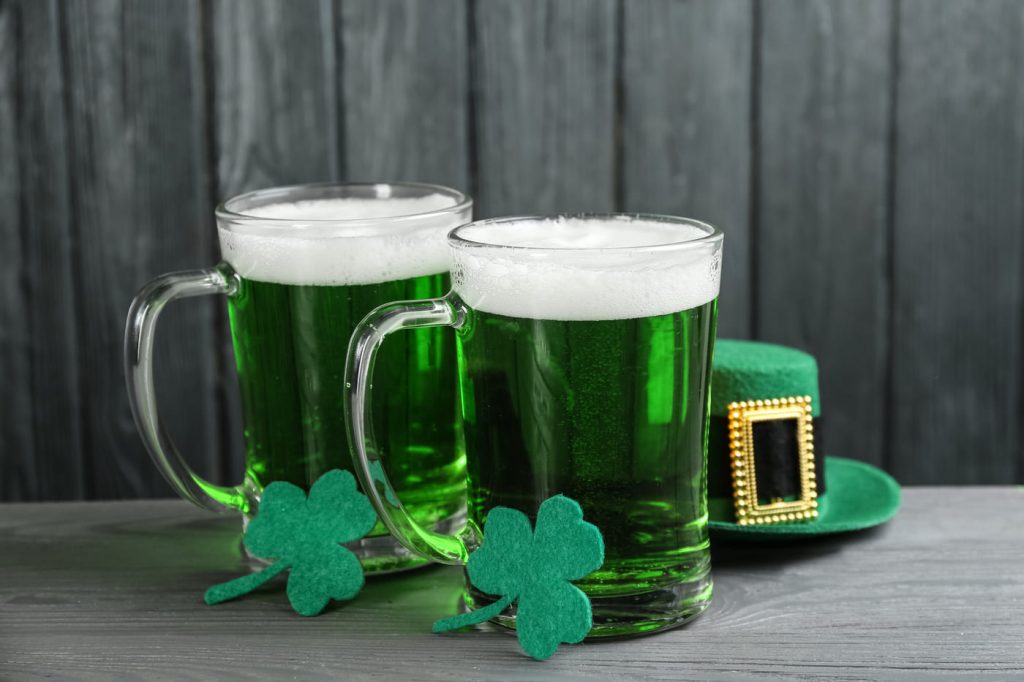Why do people drink beer on St. Patrick’s Day?
Have you ever wondered why St. Patrick’s Day and beer go hand in hand?

Have you ever wondered why St. Patrick’s Day and beer go hand in hand?

If you haven’t yet made the connection of these day of beer, St. Patrick’s Day is actually based on the great man himself, St. Patrick. He has a pretty interesting backstory dating all the way back to the 5th century, which involves missionaries, kidnapping, and Irish pirates, if you can believe it.
The story goes that St. Patrick was kidnapped at the ripe age of 16 by Irish pirates and taken as a slave to Ireland. He spent six years there but eventually escaped, becoming a well-respected priest. He eventually returned to Ireland to try and convert the people to Christianity, which went surprisingly well. It’s said he passed on March 17th, and he was eventually made a saint by the Irish people.
According to his own writings called Confession of Saint Patrick, Patrick returned to Ireland after receiving a vision of the Irish calling him there. He would spend the rest of his life in Ireland, baptizing “thousands of people” and teaching the Irish the ways of Christianity. This expulsion of paganism has been mythologized by the tale of St. Patrick driving all the snakes from the island, something we now know is scientifically inaccurate as Ireland’s frigid temperatures make it impossible for snakes to ever migrate there in the first place.
One of the most iconic symbols surrounding St. Patrick’s Day is the shamrock, which legend says Patrick used to explain the Christian doctrine of the Trinity. Sometime in the 18th century, people in Ireland began wearing shamrocks on their clothing to commemorate St. Patrick’s Day, which over time evolved into today’s tradition of wearing green.

One of the biggest reasons St. Patrick’s Day has become synonymous with drinking has to do with the date on which the holiday falls. St. Patrick is said to have died on March 17, 461. This date conveniently falls within the Christian season of Lent, which is a time of abstaining from certain food and drink, including alcohol. In celebration of the life of their patron Saint, Irish Christians removed the restrictions associated with Lent on this day and threw large parties to commemorate his death.
The second reason beer and St. Patrick’s Day are so closely tied has to do with the Irish immigration of the 1840s. Fleeing to America to avoid what become known as the Potato Famine of the 1840s, thousands of Irish immigrants flocked to major New England cities, bringing their culture and religion with them. More than a thousand years since the death of St. Patrick, the patron saint of Ireland has become less of a symbol of Christianity and more of a symbol for the Irish people themselves. Wishing to celebrate their national heritage, Irish Americans threw the first St. Patrick’s Day parade in Boston in 1737.
The break from Lent and the celebration of their national heritage makes St. Patrick’s Day the top on-premises beer-drinking holiday in the United States. That means that more people drink beer in bars (as opposed to their homes) than on any other day of the year.
It’s no secret that green is a must on St. Patrick’s Day, from wearing shamrocks to green clothing, but every pub worth their salt also has green beer ready to go. Adding green food coloring to beer is nothing new; in fact, it was first “invented” in New York in 1914 by a Dr. Thomas Hayes Curtin. He added a drop of wash blue to beer, and out came a green beer that’s still a popular trend over a century later. Luckily, we now use harmless food coloring instead of the possibly toxic wash blue, and it doesn’t alter the taste of the beer in any way.
By the ’50s, green beer was a mainstream symbol of a holiday that was becoming less specifically Irish and more American. The tradition spread across the country, and bartenders caught on that it was easy to make green beer and even easier to drink it. Eventually, the beverage became so popular that it went international, too. As late as 1985, United Press International reported that the Irish were still being introduced to the delicious, unusual drink made in their honor.
However, most people’s beverage of choice on St. Patty’s is a pint—OK, several pints—of Guinness. This dark beer, which was first brewed in Dublin, Ireland, is consumed with vigor by green-clad revelers around the world—so much so, that according to research, an estimated 13 million pints are guzzled worldwide. That’s a lot of Guinness in one day, if you ask us. And while there’s a lot of beer drinking taking place on St. Patrick’s Day, that’s not the only alcohol being heavily consumed, there is also a 153-percent spike in spirit sales, especially in Wishky.
